Review: AT&T Samsung BlackJack II 3G, great for abroad
We have had the AT&T Samsung BlackJack II Windows smartphone sent to us and was a little optimistic at first, being similar to a BlackBerry which I have never got used to gave me some horrid thoughts. In my own mind I feel that these types of phones are too bulky, and for the masses to much to handle in the way of features and specs; well I was wrong, totally wrong and now must eat my hat.
The Samsung Blackjack is a very popular phone in the states and was AT&T’s massive hit in the smartphone world in 2007, well now they have the BlackJack II which has had a number of tweaks to make it a little better for the user, it has also had updates and additions.
Ok the Blackjack II smartphone came out in 2007 but I want to tell you what I think about it, one of the main things I want to talk about is using this phone abroad.
First impressions about this handset when I took it out of the box was good, I loved the looks, the style and even the QWERTY keypad which I used to hate very much indeed, I am a lover of touchscreens you know like the iPhone (that is what I use), must admit though after using the Samsung Blackjack II for a few weeks I have not encountered any problems whatsoever.
OK so what is new on the Blackjack II? Well it has Windows Mobile 6 Standard Edition, a much improved keyboard and a larger display, it also has a 2 megapixel camera and an internal GPS, and of course more memory (Specs below).
We got the AT&T 3G SIM card sent with the phone and when we inserted it the handset it shows the O2 network, on using the handset to make calls we have not had any problems at all in the way of network coverage, loss of calls and bad reception; altogether so far so good and would recommend this handset.
The BlackJack II aka BJ II model name is the Samsung SGH-i617, the only downside we have with this phone is that it lacks touchscreen, now that would have been a cool feature they should have added; anyway we will do another review on the functionality and usability in the next hands-on review.
Our next review will cover the features, the keypad, the functions and so much more.
This review is just a quick mention about this handset and how to use this particular mobile phone abroad, and of course some cool photos we have taken which you can see below.
Let us talk about International Travel Tips and how to use this mobile phone from abroad, (Do not forget to come back for functionality and usability review), this is what AT&T say:
International Travel Tips:
How to Use Your Mobile Phone from Abroad:
You pack your suitcase. You confirm your flight. You review your itinerary. And, you grab your wireless phone before racing out the door to the airport. It’s all part of the travel process for most travellers. But what about the calls you’ll need to make to folks back home? You might have your phone with you, but have you taken the right steps to keep you connected when abroad?
Setting up the right international wireless plan can be an easy addition to every traveller’s pre-trip planning routine. Here are some tips to consider before your next trip.
– Verify international services. Give us a call to verify that international services are activated on your account. Remember to ask about data charges and plans to save costs on voice and data use.
– Check your phone frequency and technology. To determine if your wireless device has the frequency and wireless technology needed at your travel destination, visit
www.att.com/travelguide. A GSM quad-band phone (that works on 850/900/1800/1900
MHz frequencies) provides the widest coverage internationally. Most AT&T phones in stores today are quad-band. For travel to Japan or South Korea, your phone must operate on 3G technology at 2100 MHz. Phones that will operate in Japan and South Korea include the recently announced iPhone 3G, the BlackJack II, the Sony Ericsson z750, the AT&T Tilt and the Palm Treo 750. PC cards that operate in Japan and South Korea include the AT&T USBConnect 881, Sierra Wireless AirCardâ„¢ models 881, 875 and 875u, and Option GT models Max 3.6, Max 3.6 Express, Ultra and Ultra Express.
– Verify service is available in the country you are visiting. AT&T provides voice coverage in more than 200 countries and data coverage in more than 145 countries — more than any other carrier. AT&T also offers voice and data coverage on 75 cruise ships. Visit www.att.com/travelguide.
– Create and print an itinerary with carrier and rate information for up to ten international destinations at www.att.com/travelguide.
– Purchase an international adapter. Purchase an international plug adapter to charge your phone outside the U.S.
– Know how to dial. Familiarize yourself with international dialling. From your AT&T mobile phone, you can typically hold down the “0” key until the “+” sign appears, and then dial the country code and the phone number (the country code for the United States is “1”). For example, a call to the U.S. could be placed by dialling +1 (xxx) xxx-xxxx. Print the Quick Reference Guide and carry it with you.
– Save important contact numbers. Just like you might have at home, create an
“emergency contact list” in your wireless phone using the international (+) (country code) (number) format. Be sure to save emergency contact numbers, and perhaps hotel, airline and rental car information too.
– Your phone will work automatically. When you step off the plane abroad and turn on your wireless phone, it will automatically search for a wireless network. Registration usually occurs within 30-40 seconds. When the name or network number of the local operator is displayed, your phone is ready to use. Your phone will assume the characteristics of the network where you are travelling. In other words, if you are in Italy, the phone will work like other Italian wireless phones.
– Occasionally, when you arrive at an international destination, it may be necessary to turn your wireless device off and turn it on again in order to register on the local network. If you have trouble with email upon arrival abroad, “re-boot” by turning your data device “off.” Next remove and replace your battery (or PC Card), then turn the device back “on.”
– Know how to make an emergency call. The 911 emergency number is unique to the
U.S. In many European countries, the emergency number for police, fire, or ambulance is
112. Otherwise, emergency numbers will vary by country.
– Familiarize yourself with international roaming rates. Calls placed while roaming internationally will appear on your regular wireless bill. Sometimes charges for international usage take several weeks to process and appear on your bill. For countries available and rates, visit www.att.com/wirelessinternational. If you are an iPhone customer, you can find tips for keeping your international data bill predictable at www.att.com/wirelesstraveltips.
– Know how to access voice mail. When roaming outside the U.S., most phones allow you to reach voice mail by holding down the 1 key. If you are unable to reach voice mail this way, dial your own wireless number (inserting a +1 before the number) and press the * key during the voice mail greeting. You will need to know your voice mail password. Calls to voice mail when roaming internationally are billed at international rates.
– Be familiar with local laws. In some countries, using a wireless phone while driving is prohibited. Contact the local tourist information office for regulations that may apply.
– Contact International Customer Care. Contact AT&T’s specialized international help desk if you have problems or questions while roaming outside the U.S. by calling +1-916-
843-4685, which is a free call from your wireless phone.
Samsung BlackJack II Specifications:
– 2G Network – GSM 850 / 900 / 1800 / 1900
– 3G Network – HSDPA 850 / 1900 / 2100
– 2.4-inch TFT Display – 65K colors/320 x 240 pixels
– QWERTY Keyboard
– MP3, Polyphonic (40 channels) and WAV Ringtones
– Vibration
– 256 MB ROM and 128MB RAM
– Dual Core ARM 9 (260 MHz) processor
– Near enough unlimited call records
– Near enough unlimited entries and fields plus Photocall (Phonebook)
– microSD (TransFlash) Card slot supporting up to 4GB
– EDGE Class 10, 236.8 kbps
– GPRS Class 10 (4+1/3+2 slots), 32 – 48 kbps
– 3G HSDPA, 3.6 Mbps
– Bluetooth v2.0 with A2DP
– USB v2.0
– SMS, EMS, MMS, Email, Instant Messaging
– 2 MP Camera – 1600×1200 pixels & video
– Microsoft Windows Mobile 6.0 Operating System
– RSS feeds
– HTML and WAP 2.0/xHTML Browser
– Games
– Java support for application download
– WMV/3GP/H.263/MPEG4 player
– Built-in GPS receiver
– Mobile TV receiver
– (MS Word, Excel, PPT, PDF) Document viewer
– WMA/MP3/AAC/AAC+/OGG/ASF player
– Organiser
– Built-in handsfree
– Up to 330 hours standby time
– Up to 7 hours talk time
– 114 x 61 x 13 mm
– 116 grams
Software: Windows Mobile 6.0 Standard Edition operating system. Microsoft Mobile Office suite including Mobile versions of Word, Excel, PowerPoint Internet Explorer, and Outlook. Other standard apps include Windows Media Player 10, Solitaire, Bubble Breaker (game), Voice Recorder. Additional applications: Java VM, PDF viewer, RSS reader, Task Manager, Syncdata’s Smart Search, and an IM client that handles AIM, Windows Live Messenger and Yahoo IM services. AT&T includes their usual XPress Mail, AT&T Mall, XM Radio (requires a monthly fee), MusicID and AT&T Music (Napster). ActiveSync 4.5 and Outlook 2007 trial for PCs included.
All in all the Samsung BlackJack II is a great mobile smartphone, we have used for a couple of weeks now and like it very much, please do check out the pictures below, and please do come back because we will let you know about the usability and functions of the mobile phone, in the meantime please visit www.att.com for more information.
The Photos:
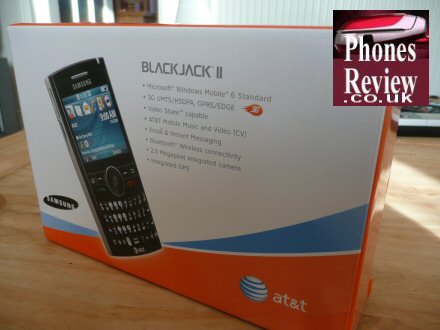
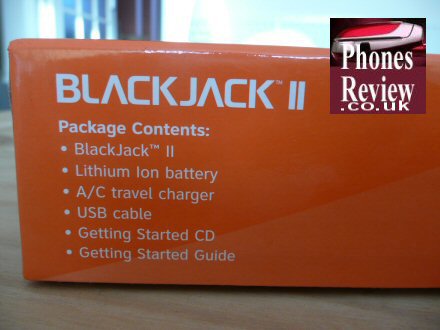
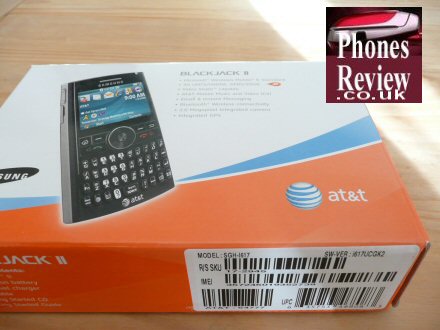
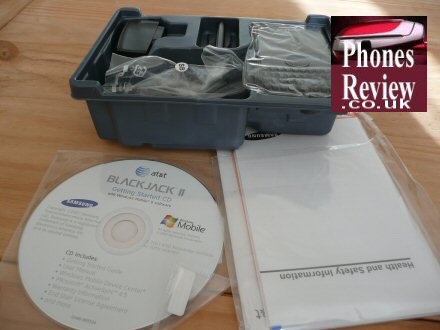
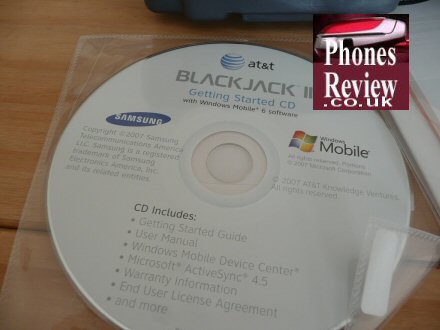
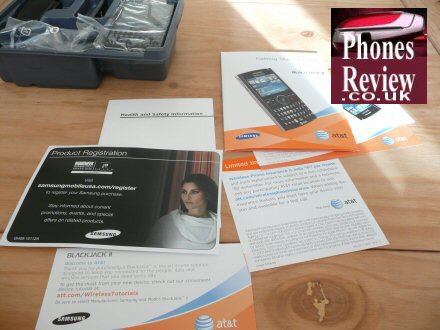
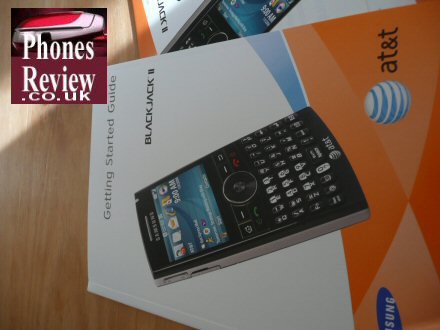
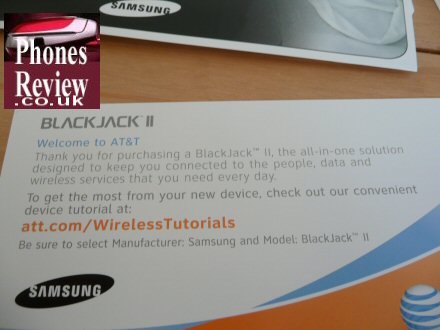
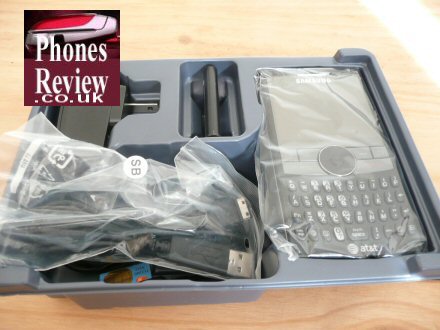
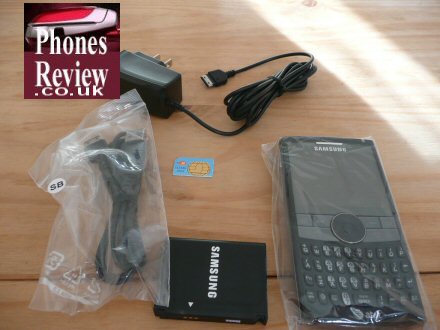
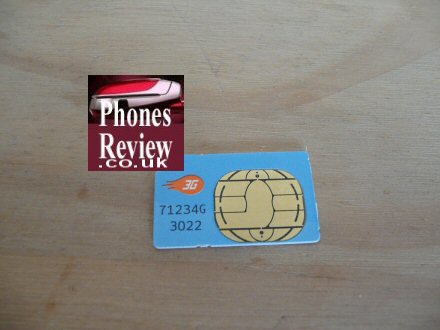
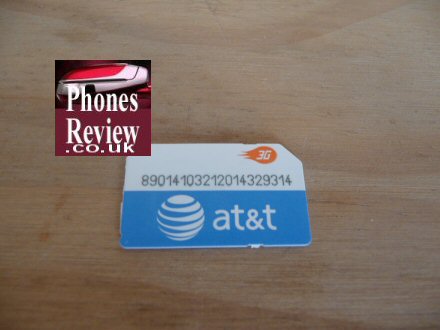
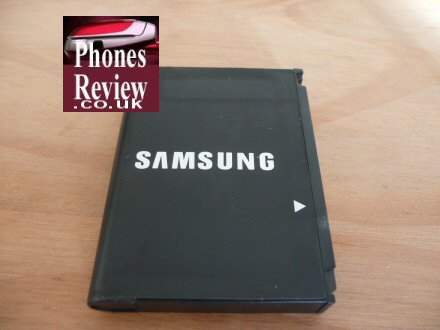
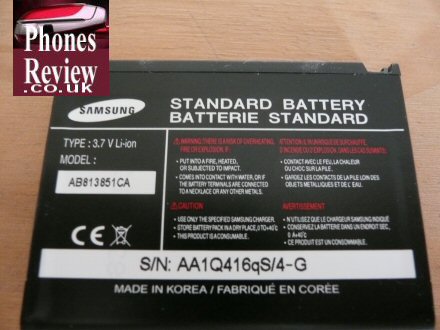
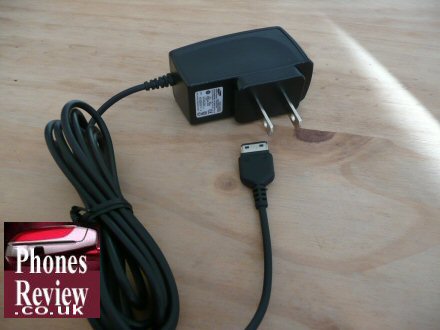
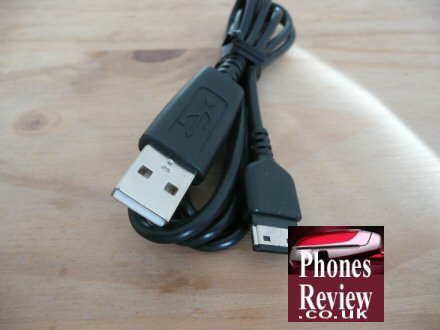
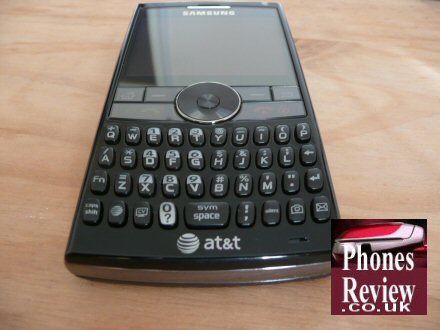
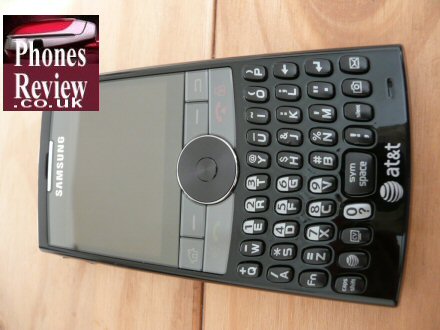
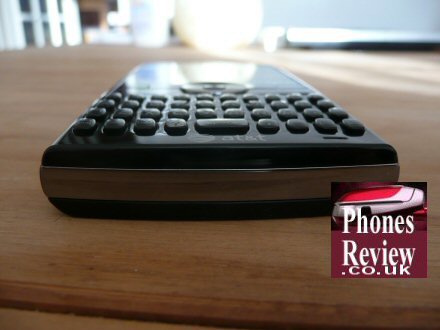
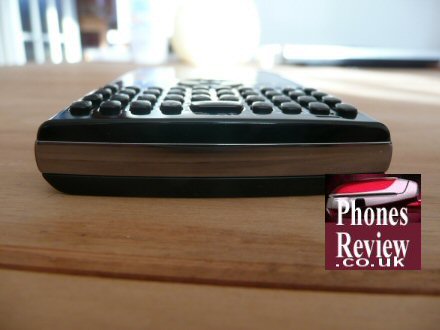
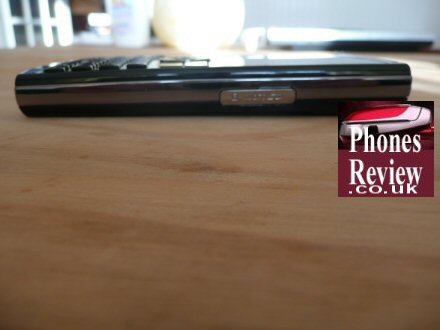
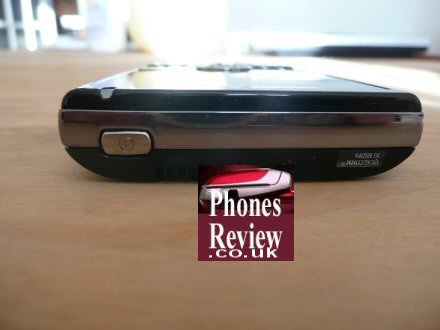
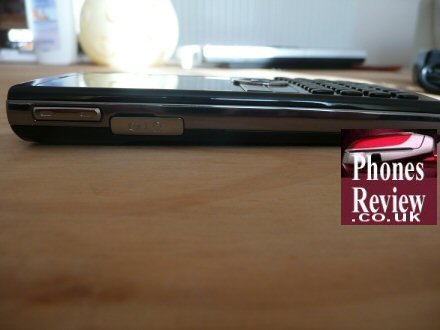
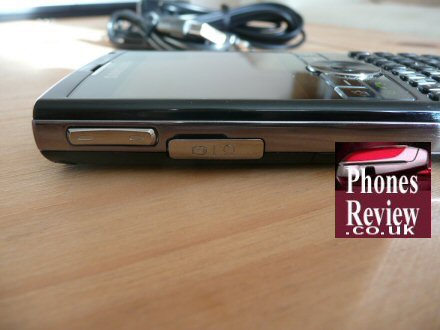
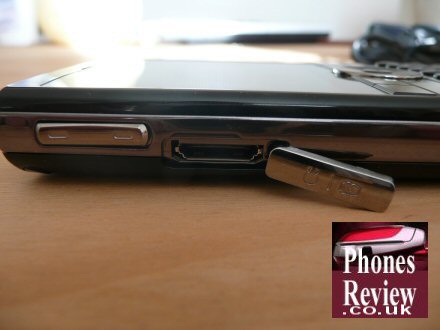
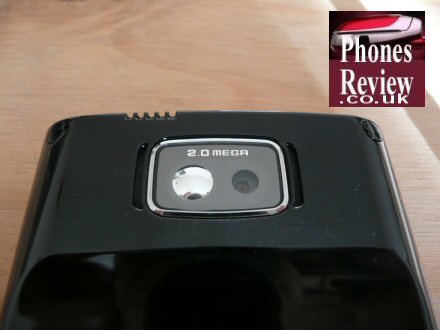
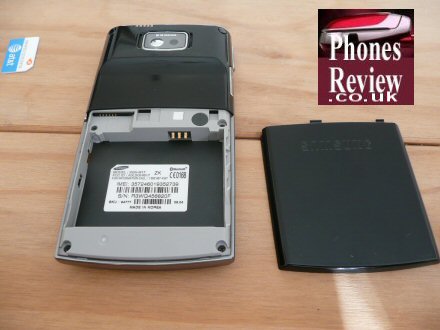
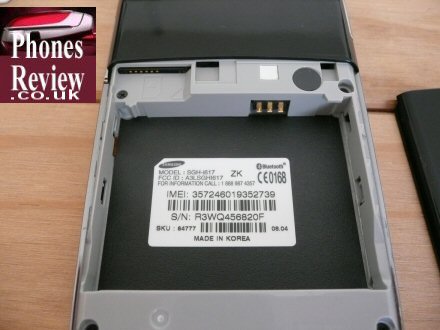
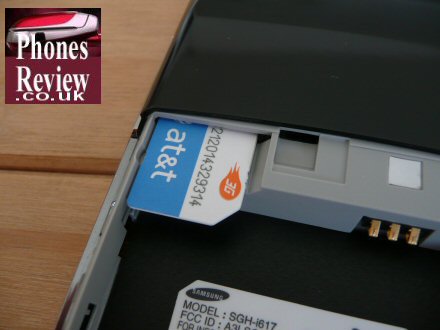
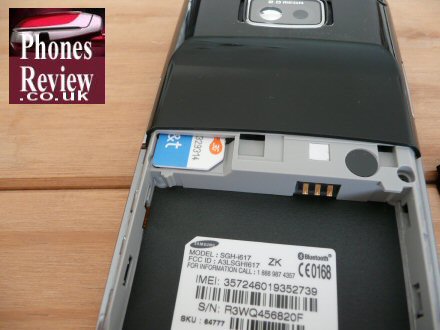
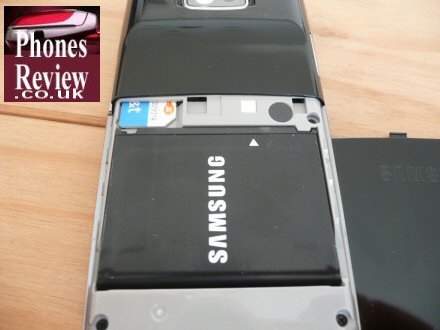
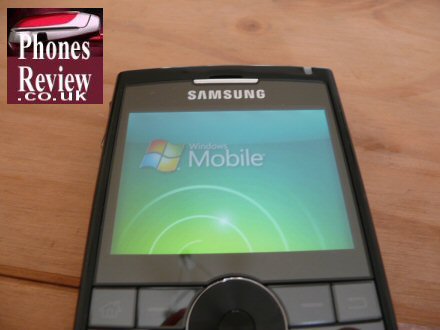
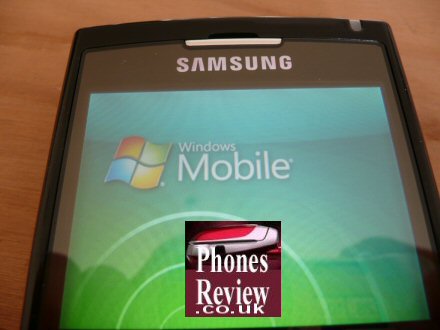
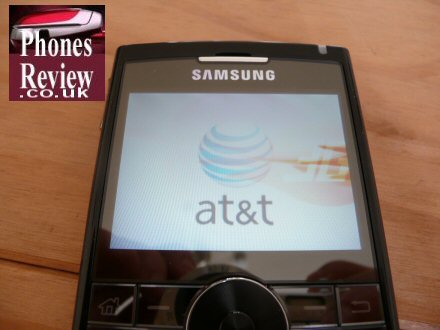
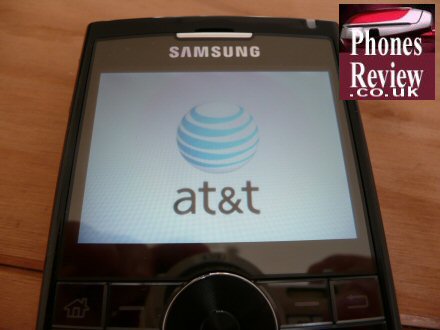
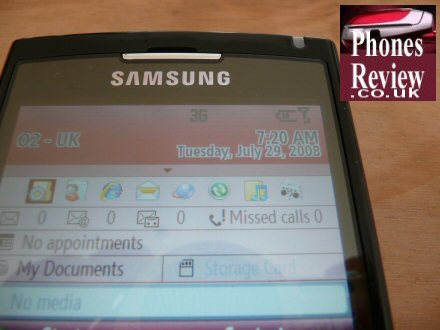
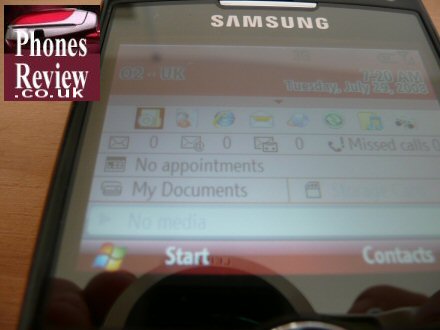
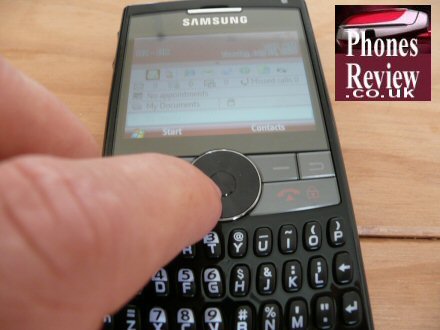
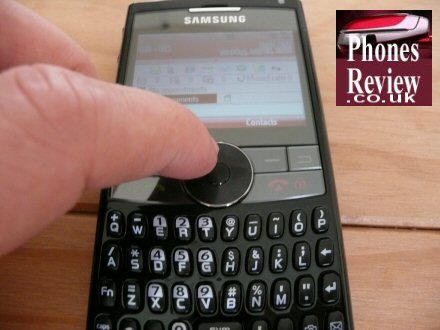
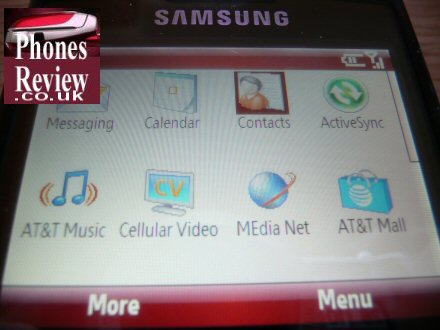
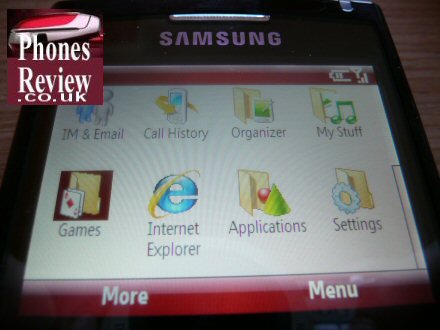
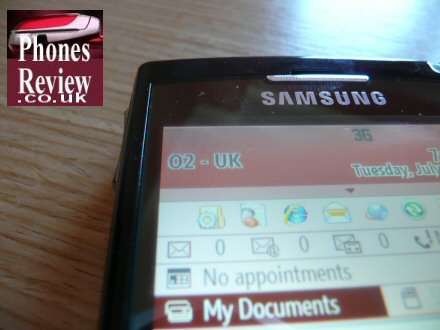
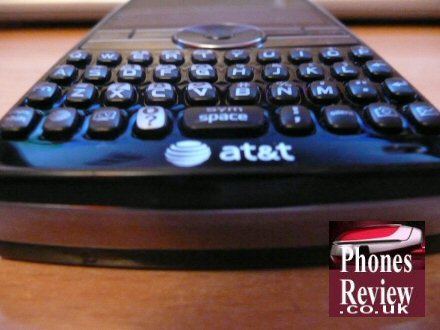
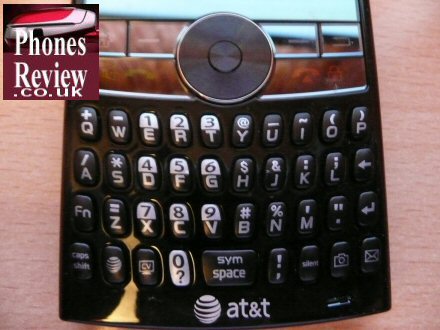
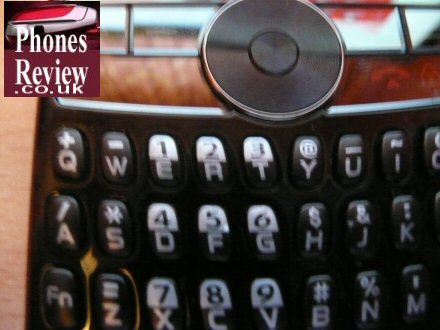
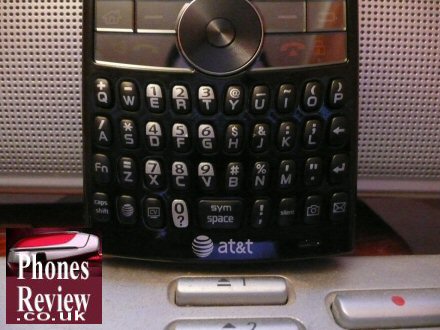
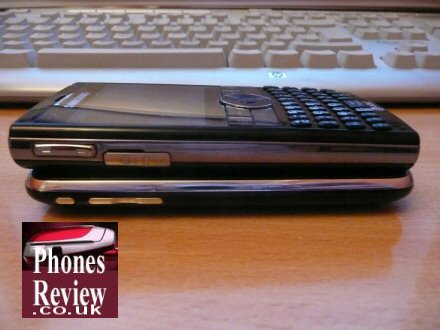
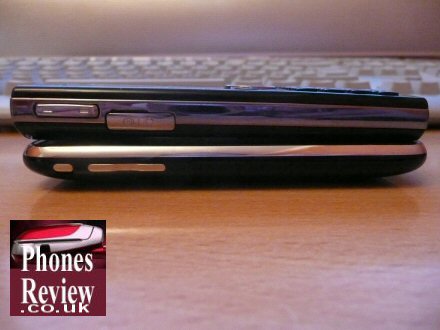
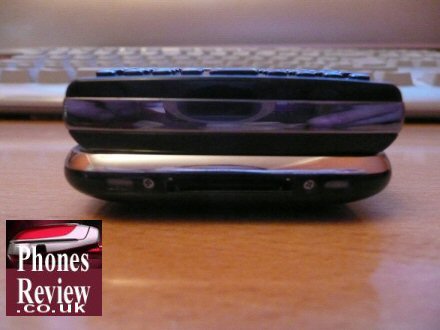
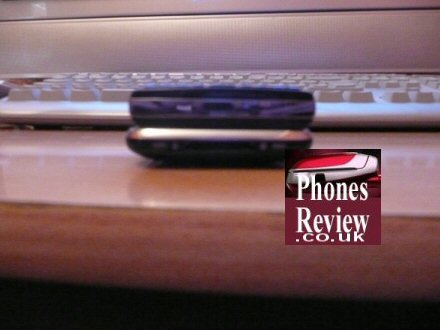
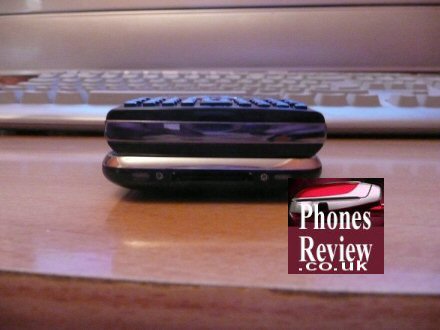

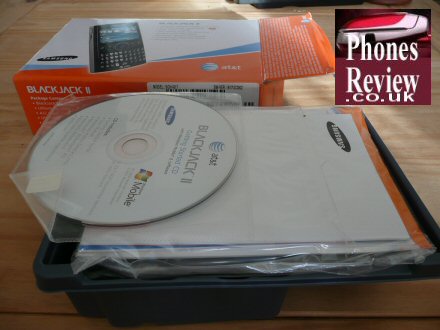
Comments
One thought on “Review: AT&T Samsung BlackJack II 3G, great for abroad”
i dont have the manual in english and i dont know how to use many features like emails and simbols, etc.
thanks a lot